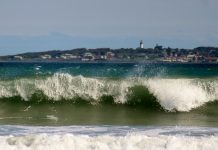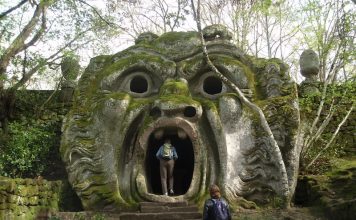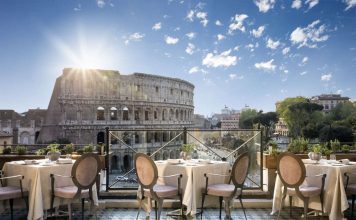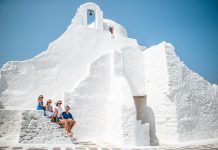Venice is a beautiful and historic city in northeastern Italy, famous for its canals, bridges, art, and architecture. It is built on more than 100 small islands in a lagoon in the Adriatic Sea. Here are some interesting facts about Venice that you may not know:
- Venice has no roads, only waterways. The main mode of transportation is by boat, either by gondola, vaporetto (water bus), or water taxi. There are more than 400 bridges in Venice, connecting the different islands and neighborhoods. The most famous bridge is the Rialto Bridge, which spans the Grand Canal and dates back to the 16th century.
- Venice is sinking at a rate of about 1-2 mm per year due to natural and human causes. The rising sea level, the subsidence of the land, and the extraction of groundwater are some of the factors that contribute to this phenomenon. To prevent further damage, a project called MOSE (Modulo Sperimentale Elettromeccanico) was launched in 2003 to install movable gates at the entrances of the lagoon that can be raised or lowered to control the water flow.
- Venice is known for its carnival, which is an annual festival that takes place before Lent. The carnival is famous for its masks, costumes, and parties. The masks are traditionally made of papier-mâché and decorated with feathers, jewels, and gold leaf. They serve as a disguise and a symbol of social equality. Some of the most common types of masks are bauta (a white mask with a square jaw), volto (a white mask that covers the entire face), and moretta (a black oval mask worn by women).
- Venice is also known for its glassmaking, which dates back to the 13th century. The glassmakers were originally located in the city center, but they were moved to the island of Murano in 1291 due to the risk of fire and to protect their secrets. Murano glass is renowned for its quality, color, and design. Some of the techniques used by the glassmakers are millefiori (thousand flowers), filigrana (filigree), and lattimo (milky glass).
- Venice has a rich cultural and artistic heritage, being the birthplace or residence of many famous people such as Marco Polo, Casanova, Vivaldi, Titian, Tintoretto, Verdi, and Hemingway. Venice has also inspired many works of literature, music, film, and art. Some examples are Shakespeare’s The Merchant of Venice and Othello, Wagner’s opera The Flying Dutchman, Thomas Mann’s novella Death in Venice, and Monet’s paintings of Venice.















